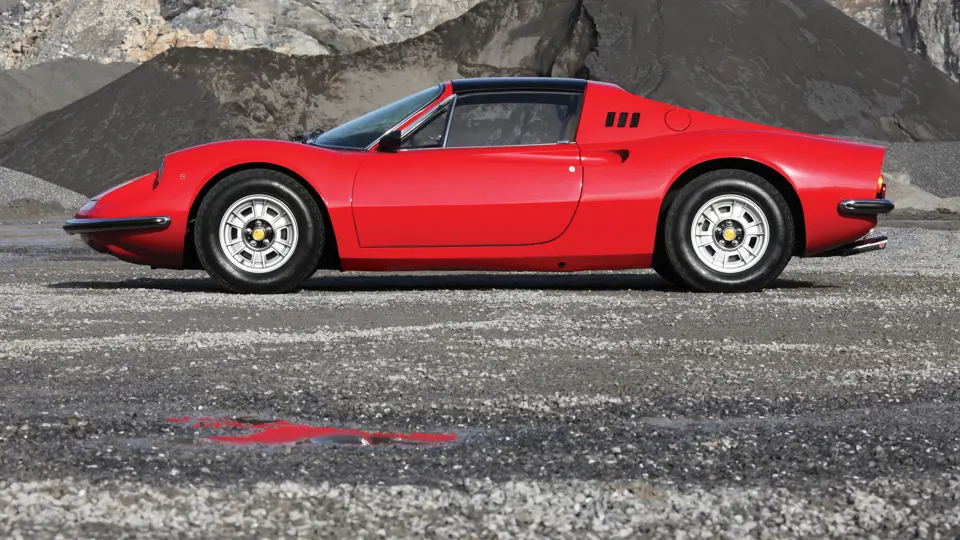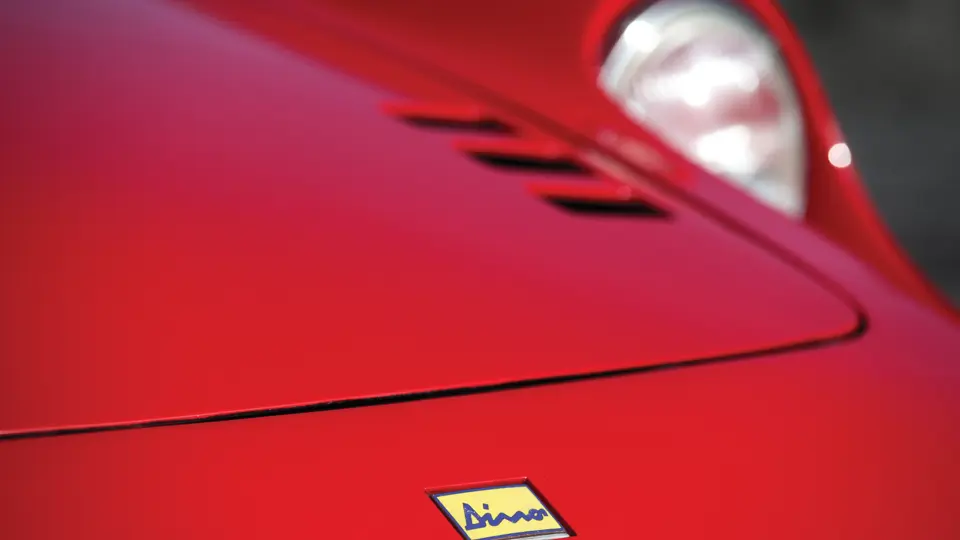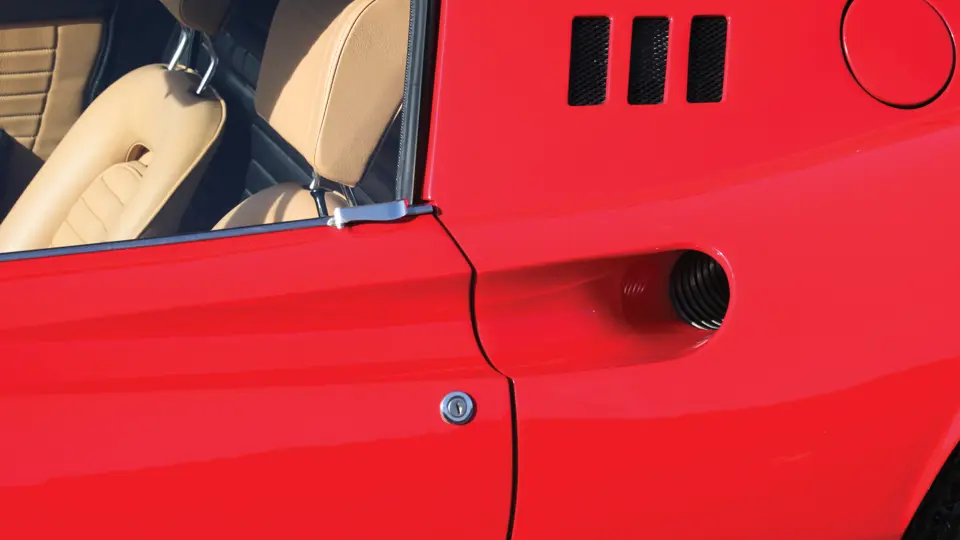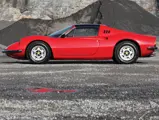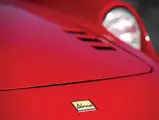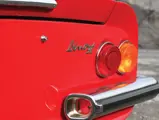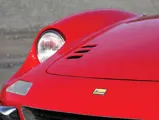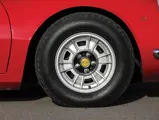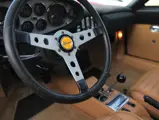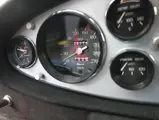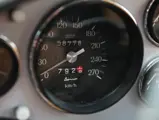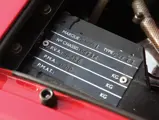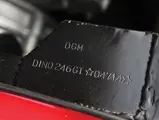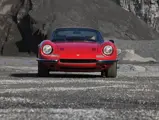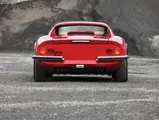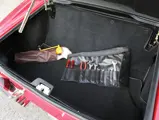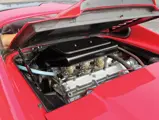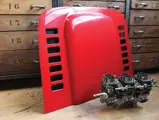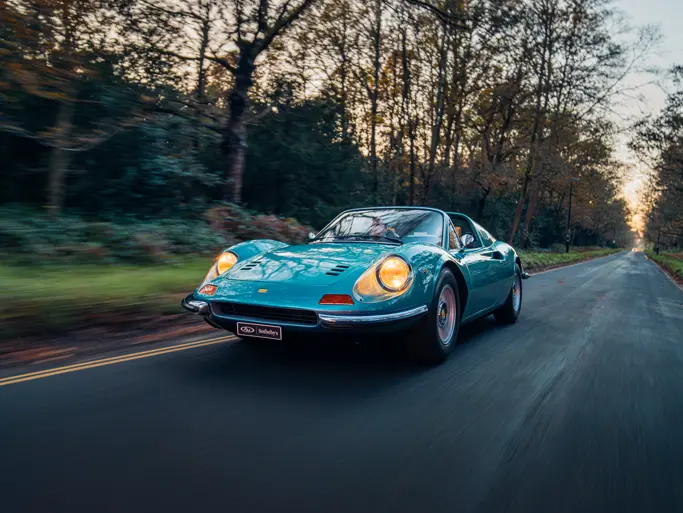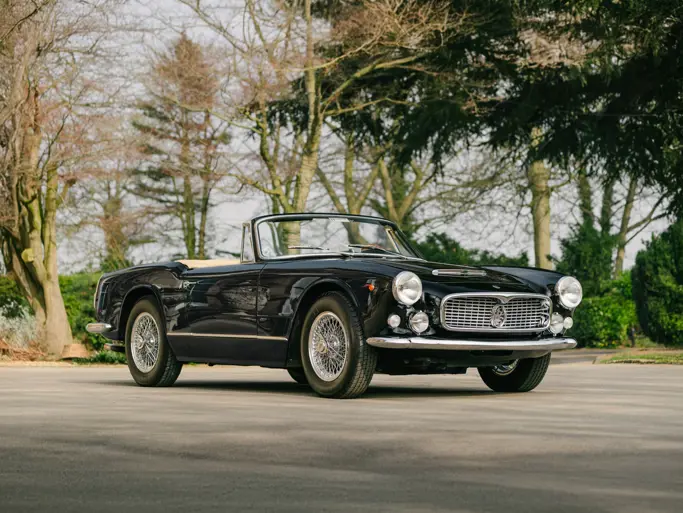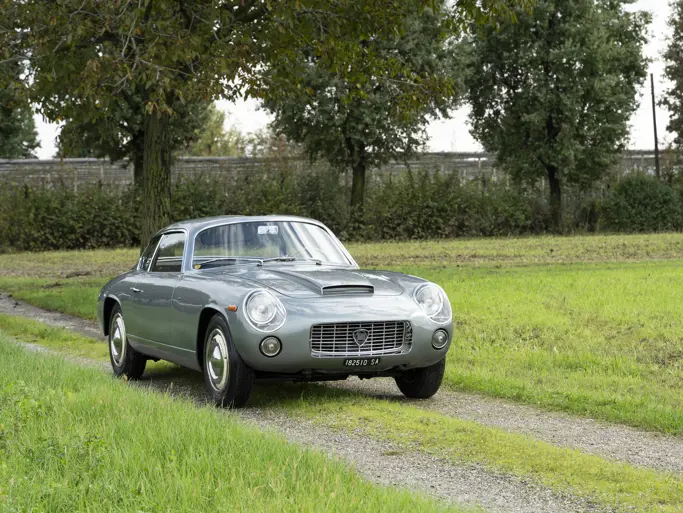Est. 220 bhp, 2,418 cc DOHC transverse V-6 engine with two Weber 40 IDF 28 and one Weber 40 IDF 29 carburettors, five-speed manual rear transaxle, four-wheel independent suspension with double wishbones, coil springs, and Koni telescopic shock absorbers, and four-wheel ventilated disc brakes. Wheelbase: 2,340 mm.

The Dino 246 GT had all the ingredients to produce a perfect sports car: a high-revving V-6, a five-speed transaxle, disc brakes, and a stiff and responsive chassis, all wrapped in svelte Pininfarina-styled bodywork. It was not technically a Ferrari, and the factory never sold it as such, with the catalogue referring to it as “almost a Ferrari”. Yet, the famous name is now regularly retroactively applied, as its performance has proven to be more than deserving of it. The Dino gained fame as a car for “those in the know”, as it offered a perfect mix of attractive, delicate design and ferocious performance at an appealing price.
Most desirable of the road going Dinos is the 246 GTS, which included a removable targa roof panel. Only 1,274 examples were produced, including the example offered here, which was delivered new by famed Belgian dealer Garage Francorchamps SA to Etablissement Butch, of Brussels. Its original owner was Jean Damman, a gentleman associated with the firm.
In 1979, the car was sold by Mr Damman to Jean-François Vaney, and a copy of the original Bill of Sale is included on file. Mr Vaney was a Swiss gentleman racing driver who resided in Belgium, and he was highly regarded amongst drivers in F1 and other events during this decade. Following his retirement, he ran a workshop, Vaney Cars Sprl., in the famous circuit town of Zolder. The current owner has maintained the Dino for many years, but it has not been registered in his name; as a result, it legally remains a two-owner car, as it is still titled in Mr Vaney’s name.
Between 2000 and 2012, the car underwent a painstaking restoration in classic Rosso Corsa, which is documented by accompanying photographs. The suspension was upgraded for better stability on the road, and the engine was lightly modified with the equipment and tuning of the famous Lancia Stratos rally car, which used a Dino engine. The carburettors and camshaft have been upgraded and new pistons and hardened valves have been installed, resulting in an estimated 220 brake horsepower, which is a gain of 30 horses over the standard Dino 246 GTS. As this Dino has been driven only 250 kilometres since the completion of the work, further break-in mileage is recommended prior to vigorous road use.
This wonderfully tuned car is accompanied by the aforementioned photographs, tools, and original books, as well as its original carburettors and bonnet, and it is exactly the beautiful, drivable Dino one would desire.
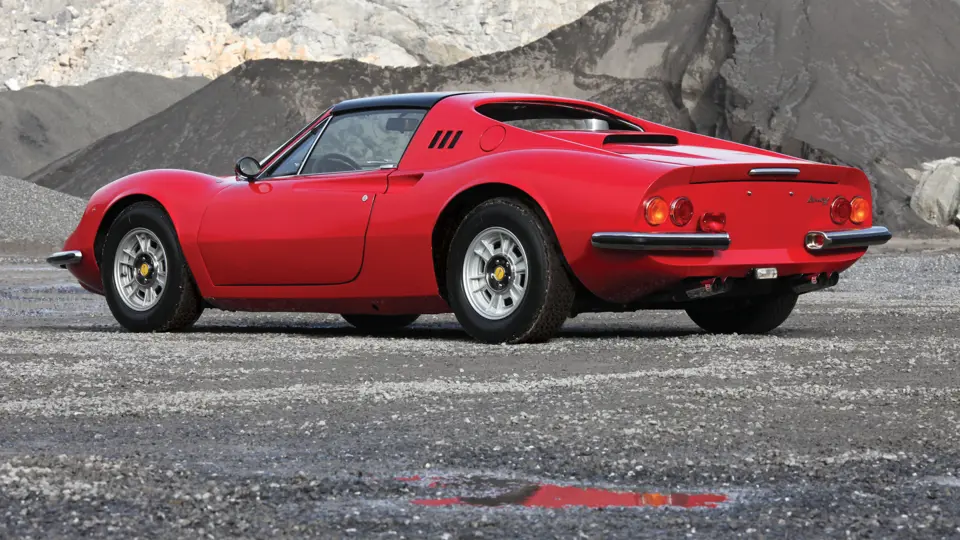
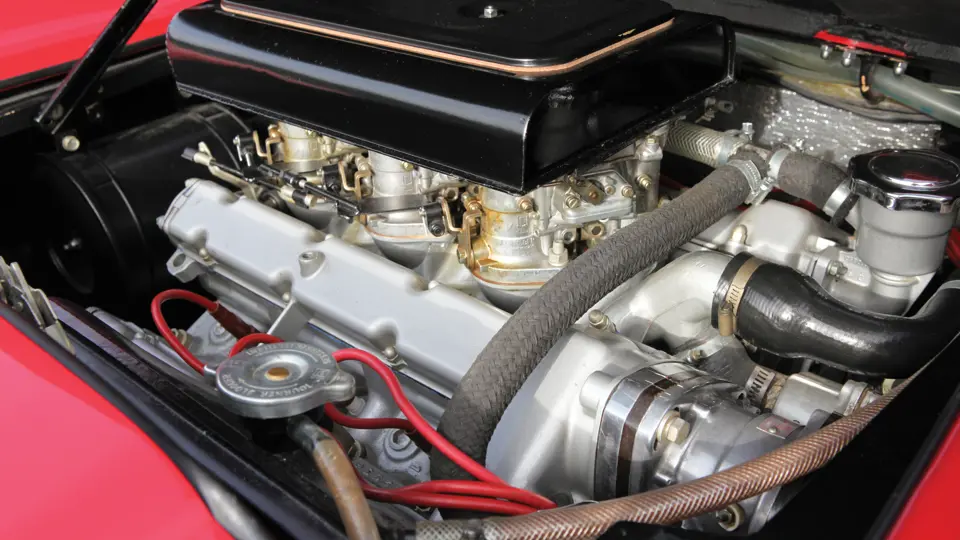
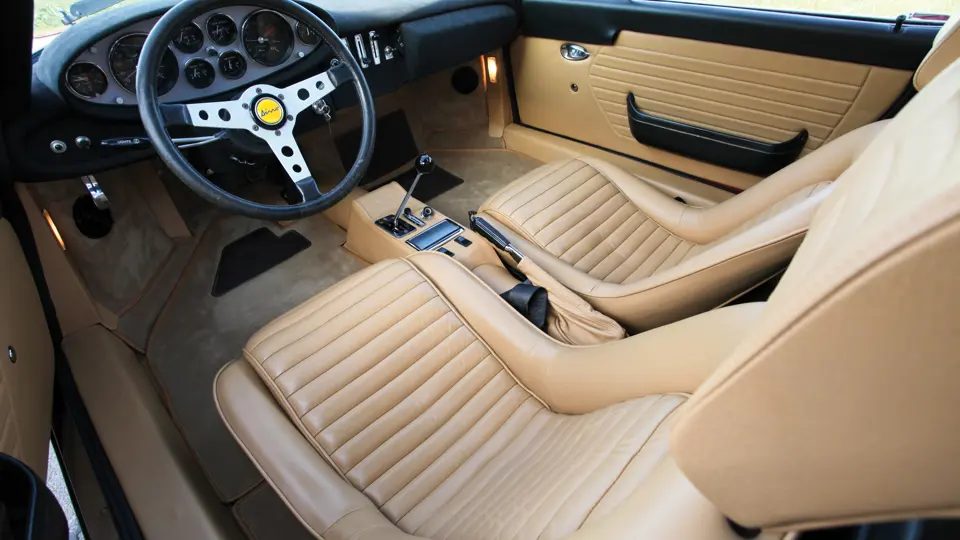

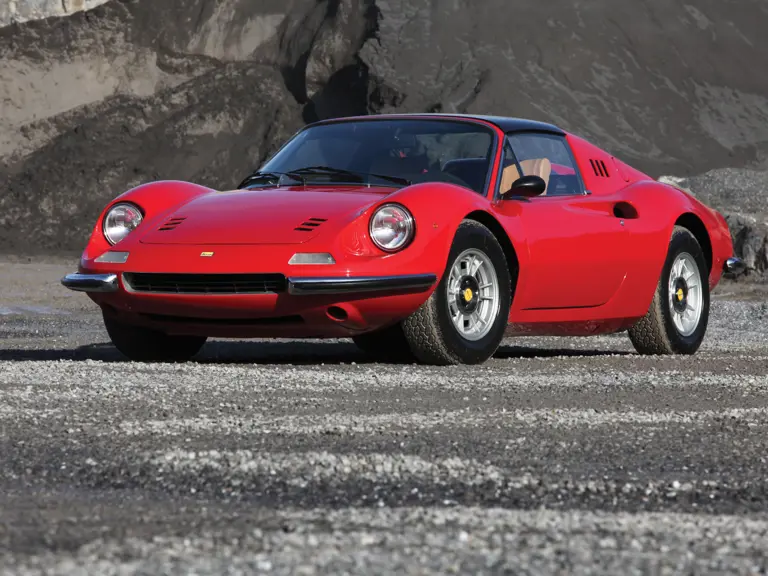
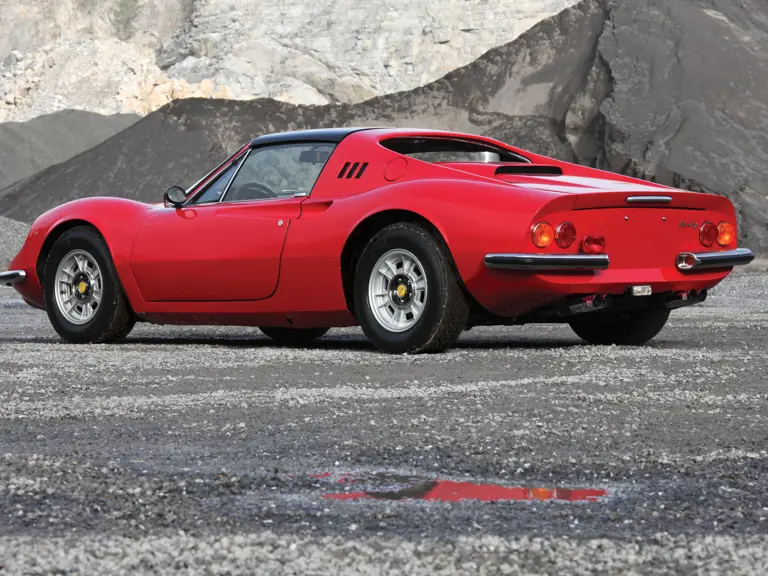
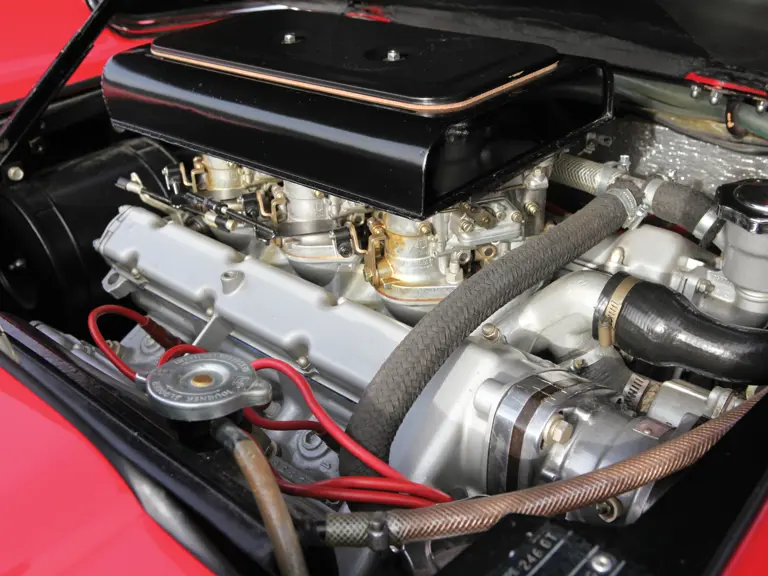
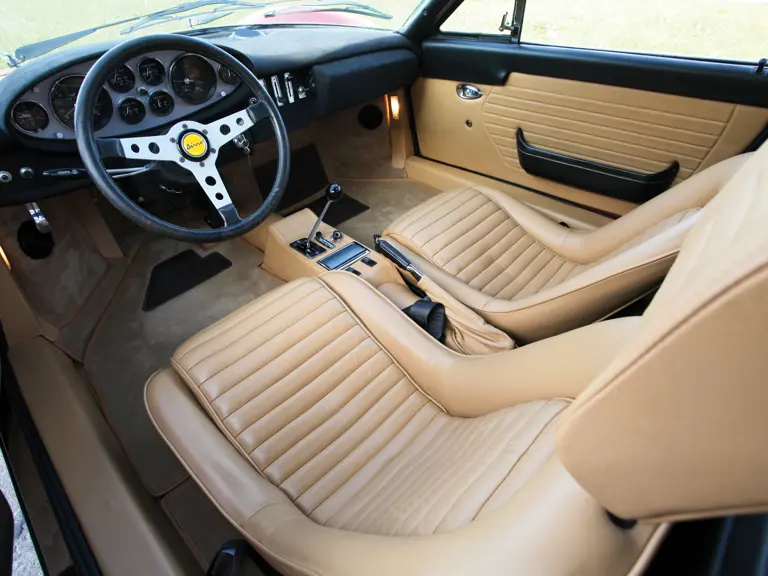
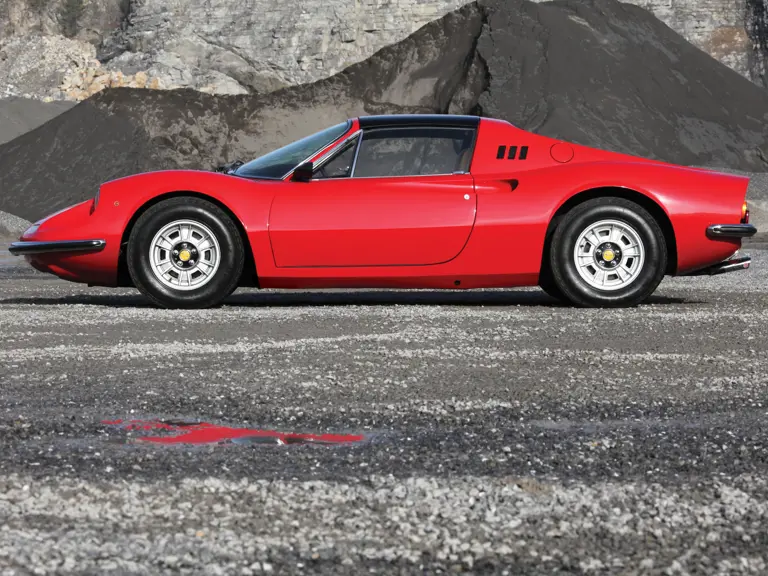
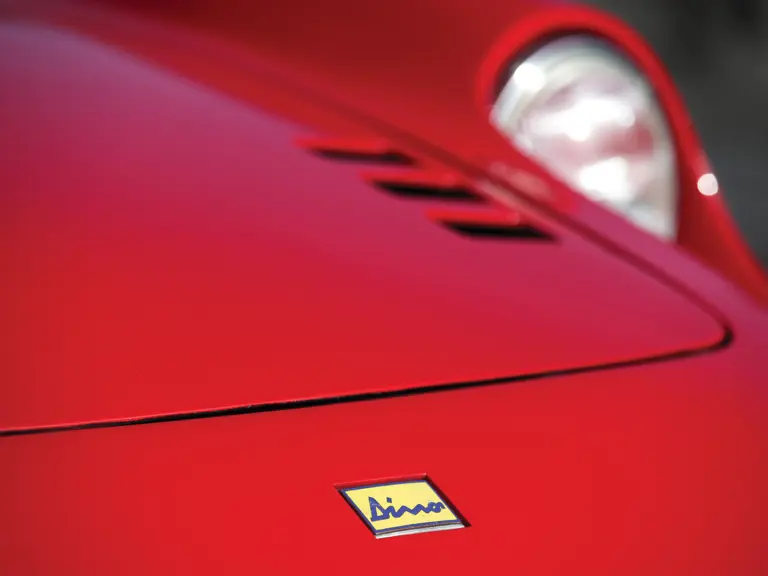
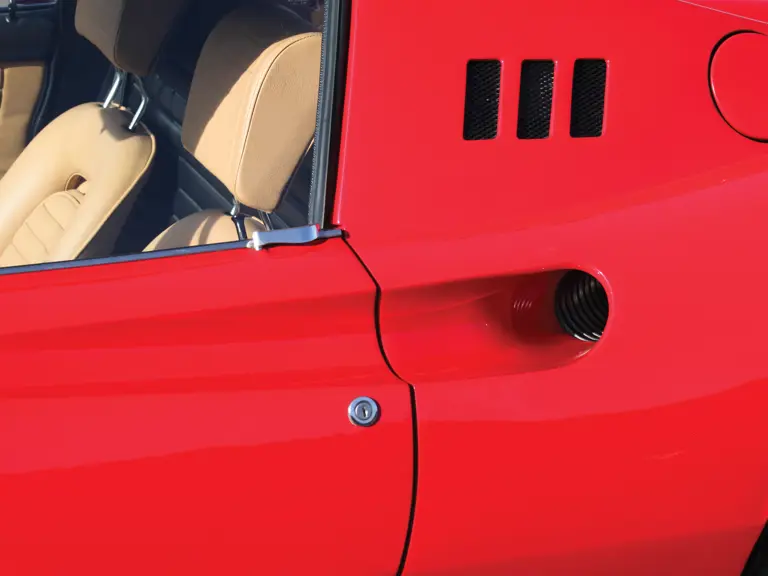
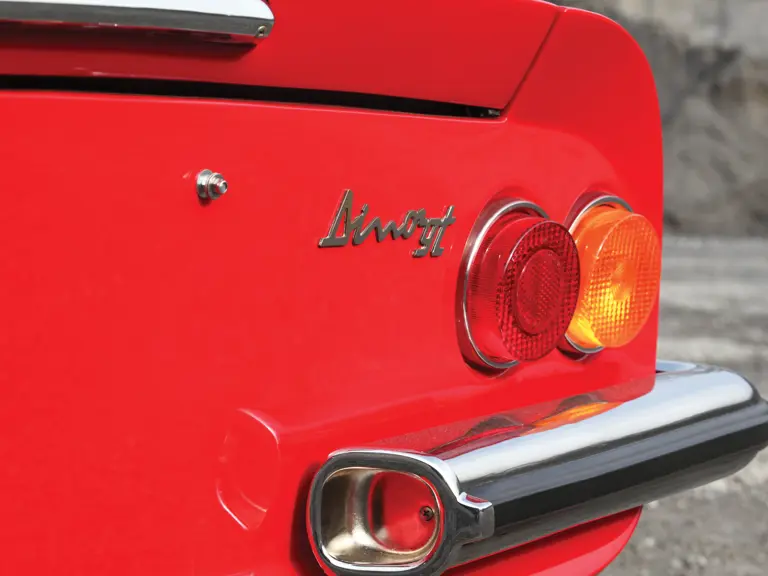
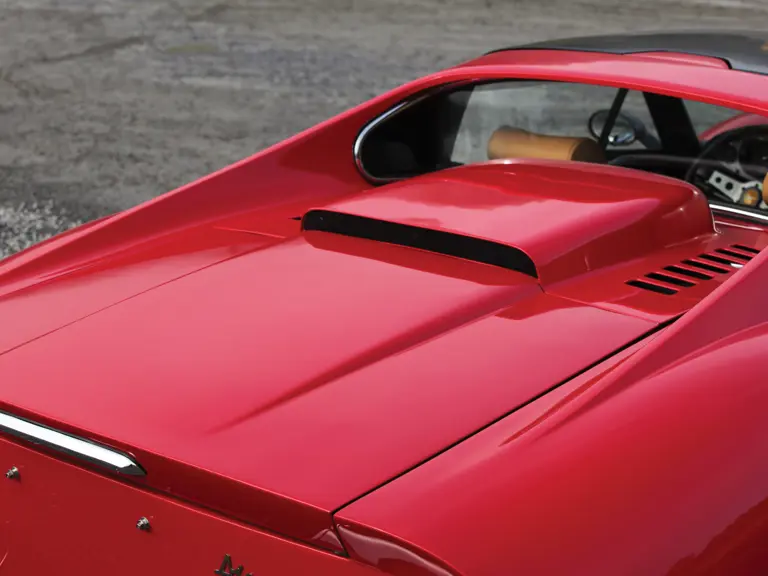
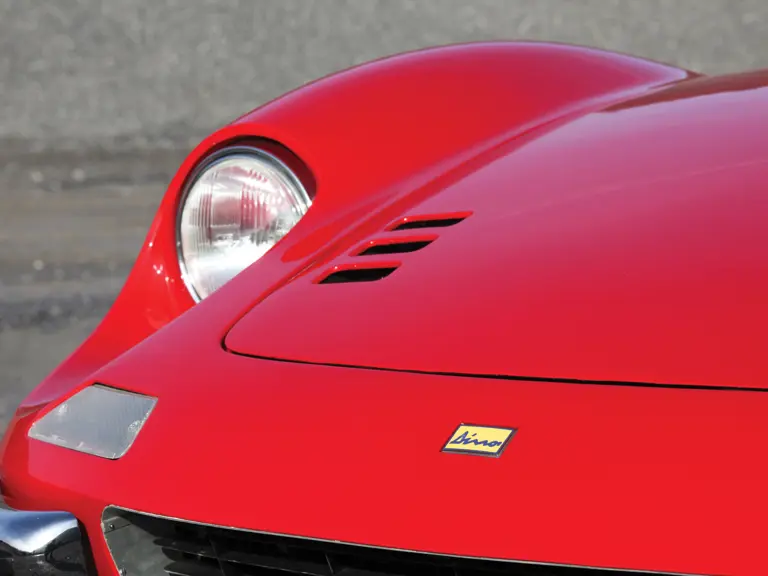
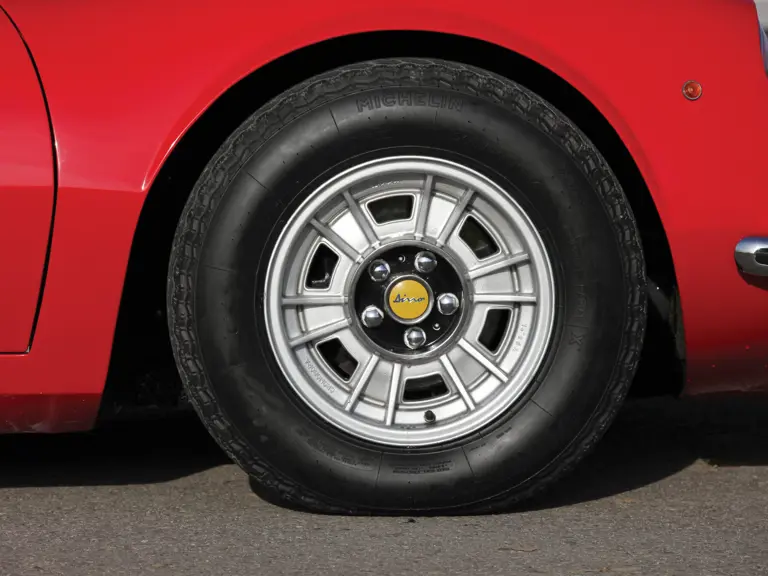
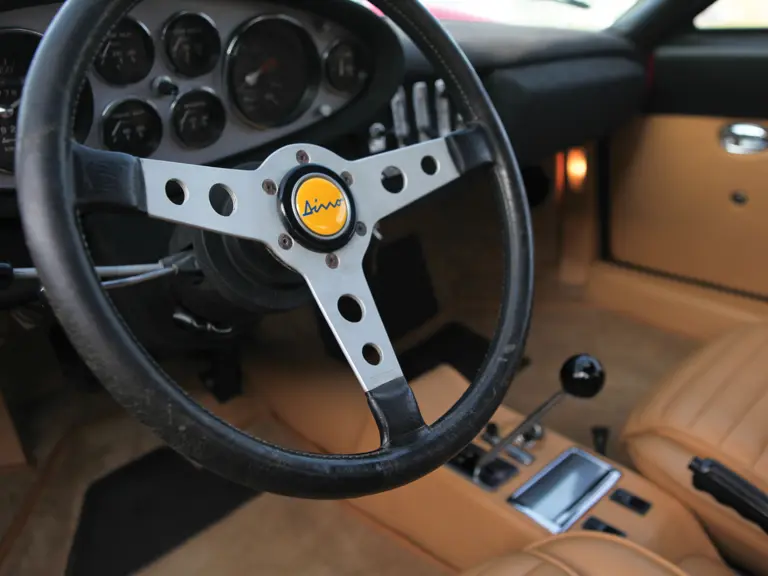
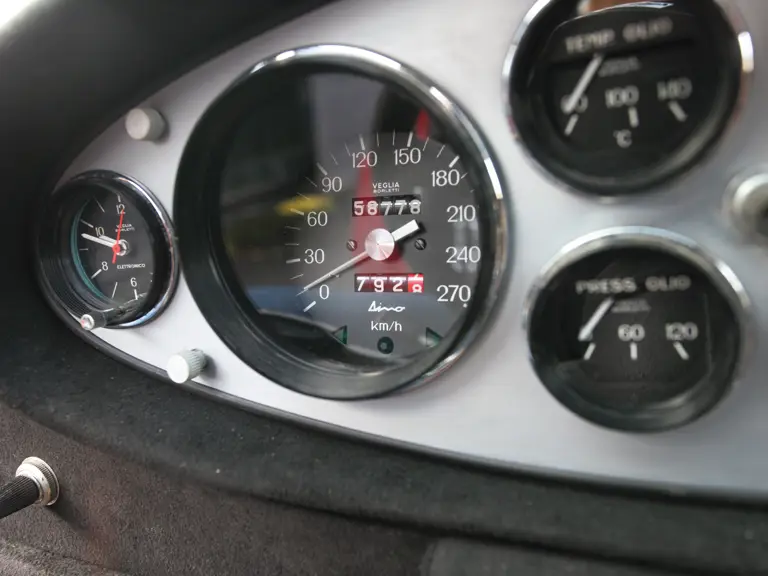
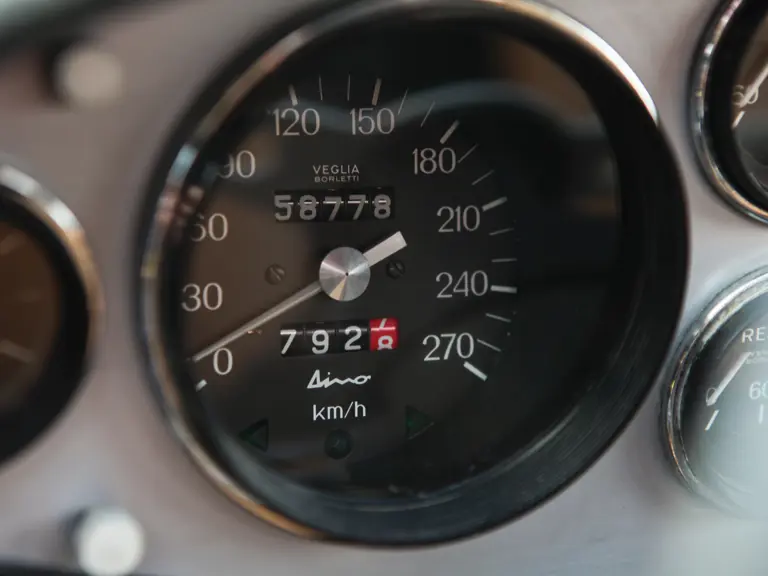
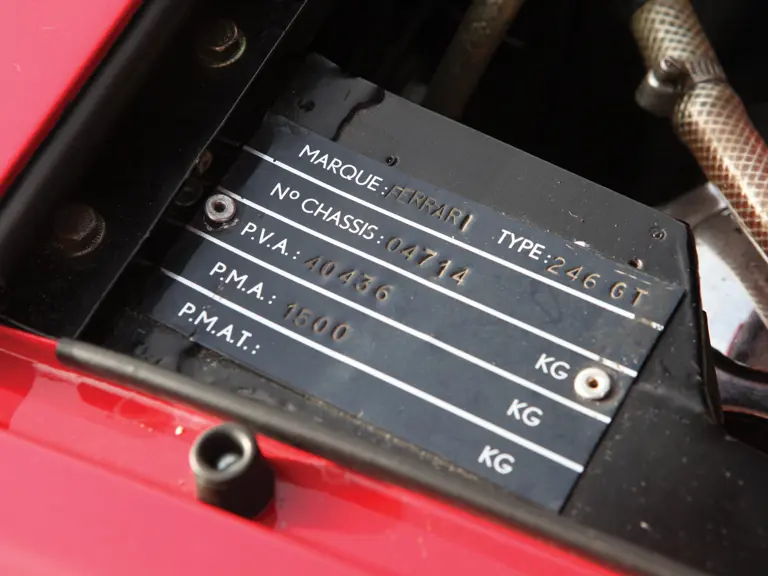
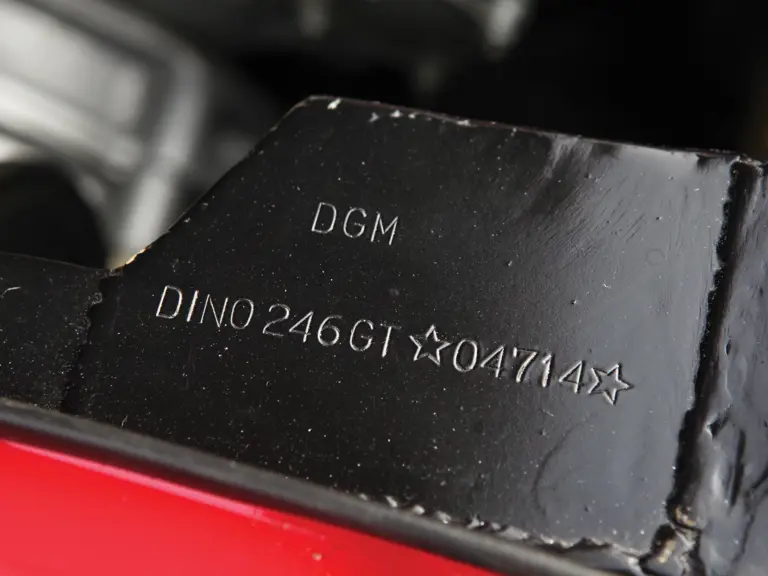
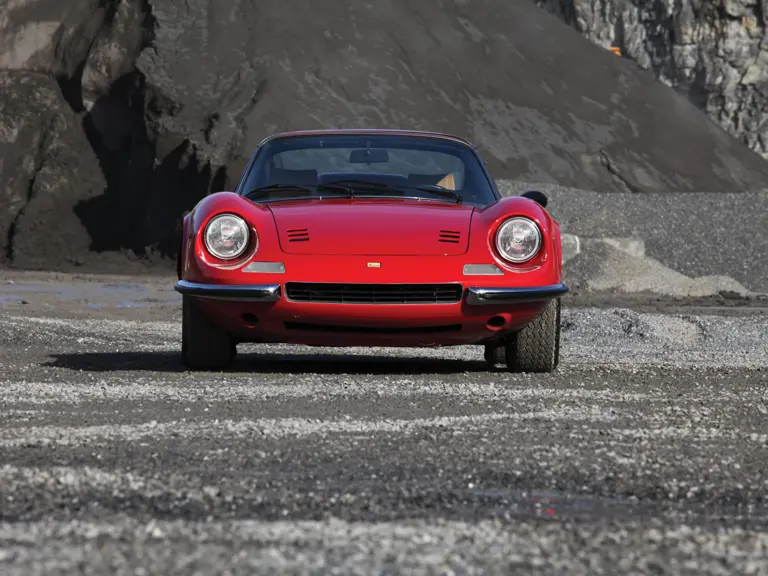
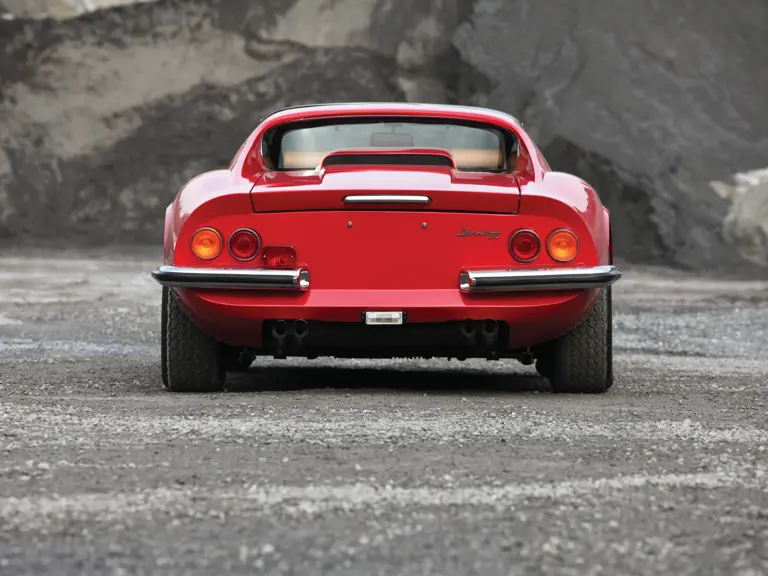
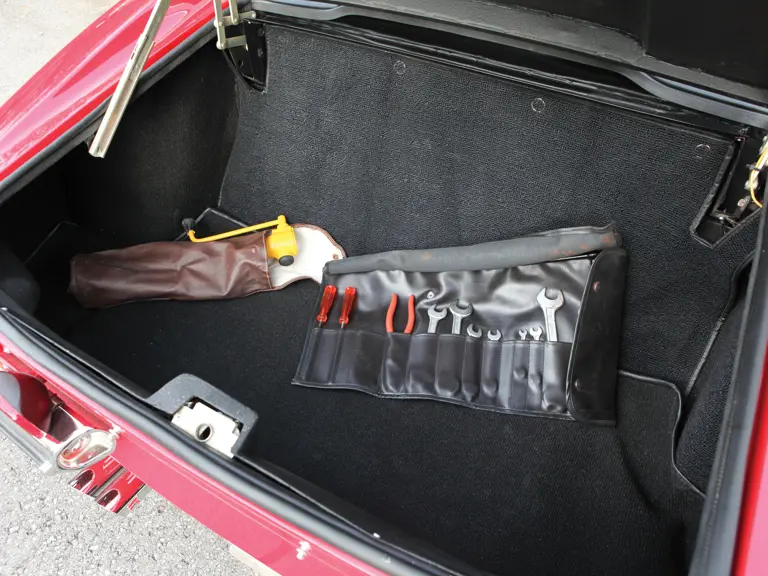
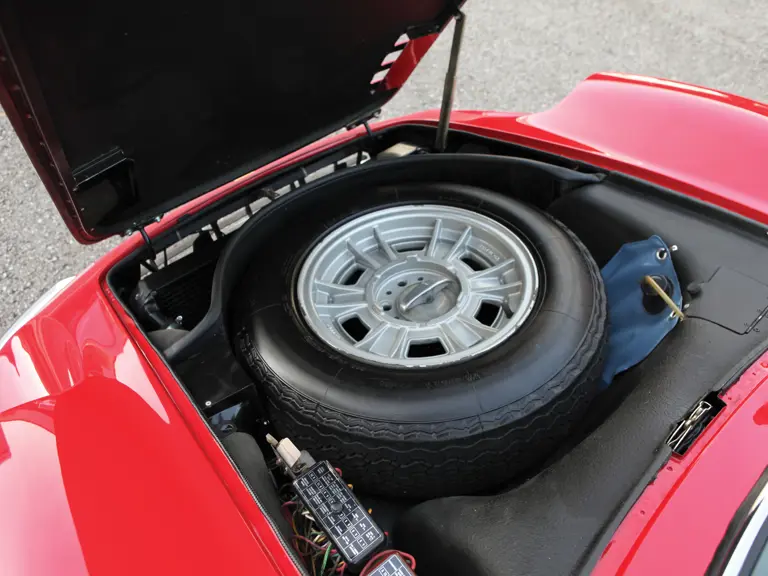
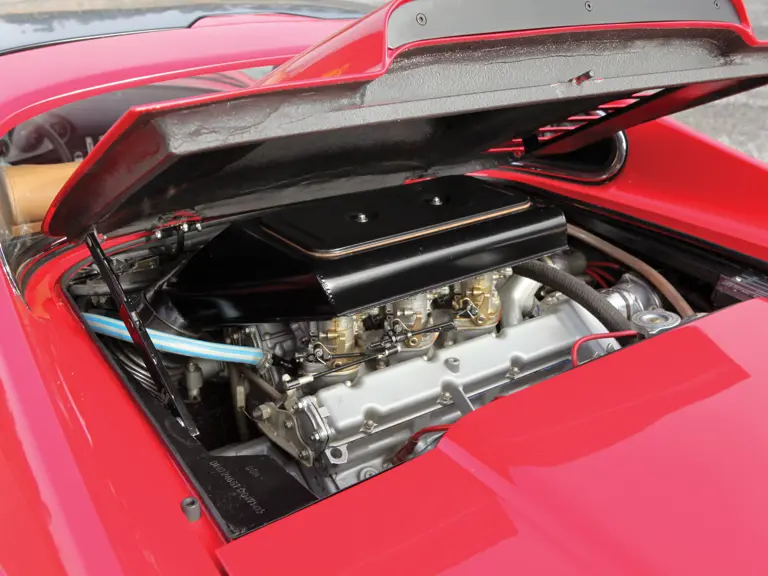
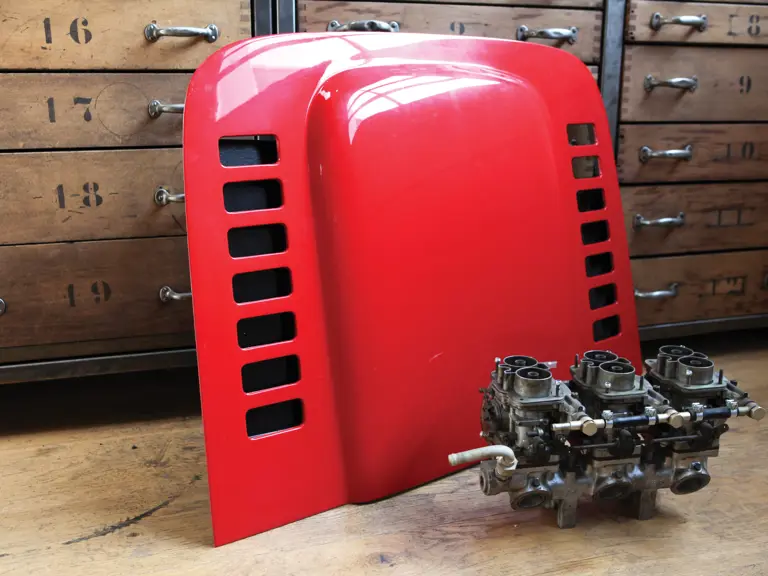

 | Paris, France
| Paris, France
